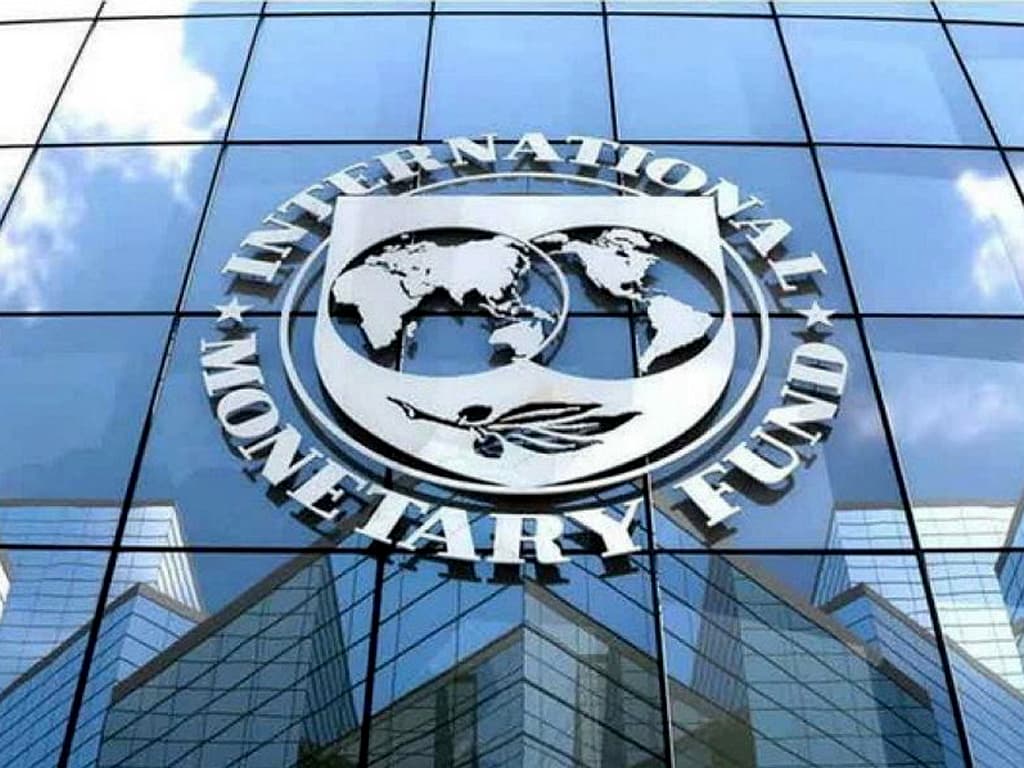International Monetary Fund (IMF) has said that Nigeria’s economy will decline from 3.2 percent in 2023 to 3.0 percent in 2024, indicating a 0.2 percent drop.
This is contained in the IMF report entitled, “World Economic Outlook: A Rocky Recovery (2023 Apr),”released on Tuesday.
The Fund also projected that the South Africa economy will grow by 2.0 per cent in 2022, .01 per cent in 2023 and 1.8 per cent in 2024. According to the IMF sub-ahara economy which saw a 3.9 per cent growth in 2022 will slow to 3.6 per cent in 2023 and rise to 4.2 per cent in 2024.
It said: “tentative signs in early 2023 that the world economy could achieve a soft landing, with inflation coming down and growth steady, have receded amid stubbornly high inflation and recent financial sector turmoil. Although inflation has declined as central banks have raised interest rates and food and energy prices have come down, underlying price pressures are proving sticky, with labour markets tight in a number of economies. Side effects from the fast rise in policy rates are becoming apparent, as banking sector vulnerabilities have come into focus and fears of contagion have risen across the broader financial sector, including nonbank financial institutions. Risks to the outlook are heavily skewed to the downside, with the chances of a hard landing having risen sharply.
“The baseline forecast is for growth to fall from 3.4 percent in 2022 to 2.8 percent in 2023, before settling at 3.0 percent in 2024. Advanced economies are expected to see an especially pronounced growth slowdown, from 2.7 percent in 2022 to 1.3 percent in 2023. In a plausible alternative scenario with further financial sector stress, global growth declines to about 2.5 percent in 2023 with advanced economy growth falling below 1 percent. Global headline inflation in the baseline is set to fall from 8.7 percent in 2022 to 7.0 percent in 2023 on the back of lower commodity prices but underlying (core) inflation is likely to decline more slowly. Inflation’s return to target is unlikely before 2025 in most cases.
“The natural rate of interest is important for both monetary and fiscal policy as it is a reference level to gauge the stance of monetary policy and a key determinant of the sustainability of public debt. Public debt as a ratio to GDP soared across the world during COVID-19 and is expected to remain elevated. Supply-chain disruptions and rising geopolitical tensions have brought the risks and potential benefits and costs of geoeconomic fragmentation to the center of the policy debate. Chapter 4 studies how such fragmentation can reshape the geography of foreign direct investment FDI and how it can affect the global economy”.

